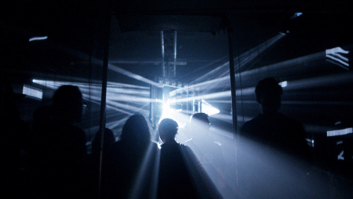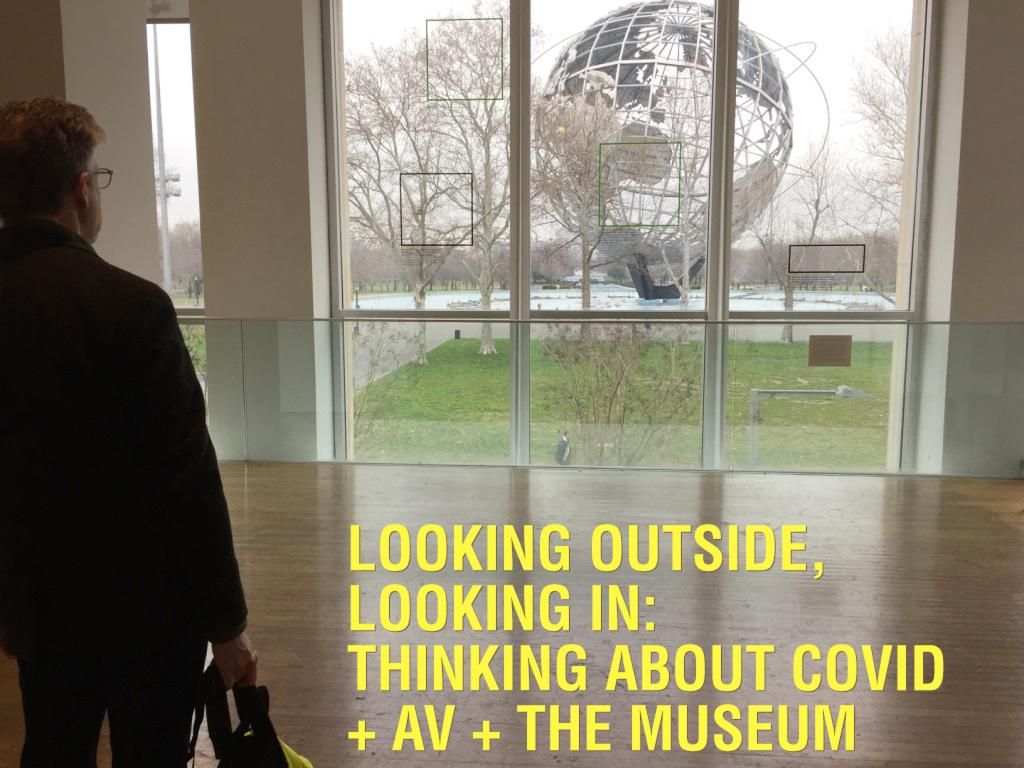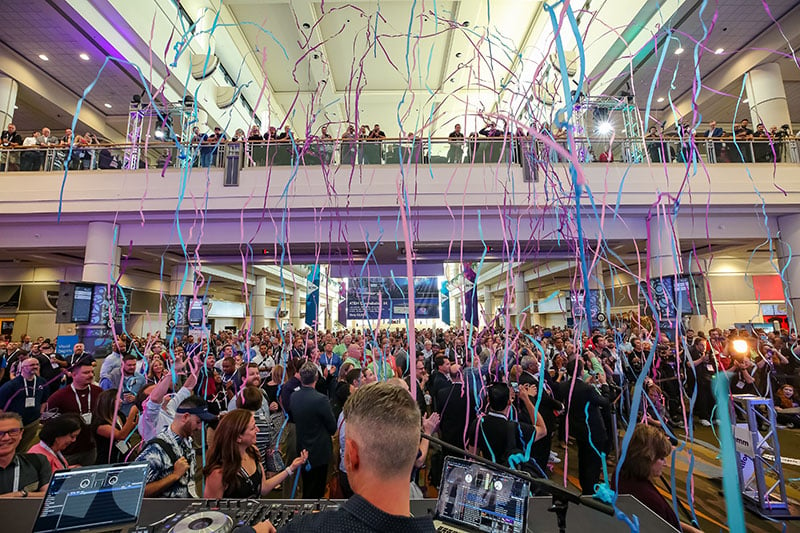8 New Ideas for Immersive Experiences

Immersive experiences are opening up new worlds for end users. And with today’s changing environment, there is even more need for new ideas to create such experiences. We asked eight designers, “What new ideas in immersive experiences are you most excited about?”
Nathan Adkisson, Local Projects: I love architecture, and the wonder and connection that can be created by putting people together in physical space. I'm excited at the potential of new tools to deepen that experience — to visit during another era; to see it from radically different vantage points, or to embody a different person in that place. Not that long ago, everything I just described would have seemed like a superpower – time travel, to grow, to shrink, to fly, to inhabit another person's body. How incredible is that?
Paul Chavez, Arup: Outdoor experiences that create communal spaces will be important. We’re learning from the past with extensions in the uses of drive-in theaters and other open plazas. Spaces that give people spatial autonomy will be where people feel safest in the near future.
Live online events that merge the physical and digital elements using live digital backgrounds, live keying effects and motion capture will take off. We have the time and the motivation to make video conferencing and streaming better – and artists and experience designers will take the lead.
Songul Aslanturk, Google: Seamless and meaningful integration of technology to immerse people in physical spaces is exciting. Architects and designers are moving away from screen-based experiences and inviting people to interact with their surroundings. Team Lab Borderless is a great example for that.
Emily Conrad, Tessallate: A large part of my career has been spent exploring real multisensory experiences since the more senses we engage, the better our memory of an experience. A few others include removing barriers of screens for input and employing voice and gesture activation, augmenting physical objects with tech in a social or public environment, object-based storytelling, and remote group participation. Yes, many IRL (in real life) experiences are now going "online" in fantastic ways, and what's compelling for me is designing specifically for that experience and not a mimic of the physical experience. We are seeing an adaptation to the virtual – in short order – and behaviors are changing in response, removing the friction to visit a place "remotely." It's ripe for ingenuity, and I believe it will change how we design the physical environments to amplify the virtual experience.
Maria Mortati, Maria Mortati Experience Design: We are in the midst of a pandemic, which has a huge impact on creative projects that engage us with ideas and one another. The silver lining in this is that it opens up the realm of AV. It is uniquely suited to allowing us to create these projects in safe and compelling ways.

David Bianciardi, AV&C: Our field is about people, in places, having experiences, so we’ve all been feeling tectonic effects in these first months of our new reality. But…there are things to be excited about! Humans are arguably the most sociable species. We are going to get together again. The question is how and when, and what we will bring with us from our recent shared experience of being isolated and how we’ve learned to explore interconnectedness in new digital ways.
On the whole I hear and share a lot of enthusiasm from the broader experience design community these days. All these new ways our clients and their audiences will soon be together in hybrid digital/physical/virtual spaces will benefit from the holistic approach of an experience design practice. On the “boards” at AV&C right now we have a number of amazing projects each of which has an opportunity to reflect both the new constraints and the new possibilities. In the end, design responds to challenges, and there are plenty requiring thoughtful response in these times.
Michelle Higa Fox, Slanted Studios: I'm excited to see how live augmented reality through technology like Notch, d3 and BlackTrax will affect media and live experiences. I'm also loving augmented reality experiences that are bleeding into everyday use. AR Story Time is a great example of using technology to enhance connections between loved ones who aren't in the same space.
Sasha Harris-Cronin, BBI Engineering: I was blown away by the use of LED walls in the filming of The Mandalorian. I think that as DV (direct view) LEDs drop in cost, we are opening the door to a lot of new experiential possibilities, especially when combined with vision tracking and personalized story telling.





